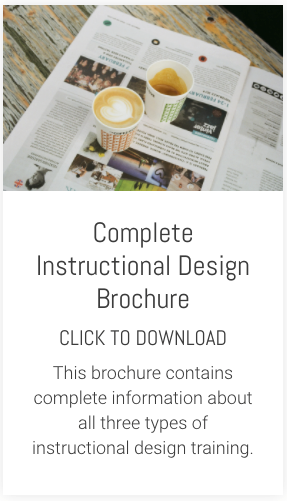You may not have heard of Rob Brinkerhoff but you really should have. ( You can google him, naturally). His main focus is on moving away from solving workplace performance issues through a single 'hit' of training.
Brinkerhoff is interesting because he's both a practitioner and a researcher. His focus has primarily been about looking at how best to follow up with and support learners after training to improve overall learning outcomes.
You may not be surprised to hear that placing less emphasis on a single event and more on following up and supporting learners after an event sees massive improvements in workplace performance and application of learning.
You'll notice there are two parts to this. First, having actual support in place (more on this is a minute). Second, doing some follow-up with a sample of learners to see how they are getting on, what's working and what's not. The important point being that the intelligence gathered from this follow-up is used to evolve the learning event and the support so it's more effective still for the next group of learners.
It's a sort of 'kaizen' for learning and development. In case you are not familiar with 'kaizen', it's a concept that started life in Japanese manufacturing as a method to continuously improve the quality of a product.
In a learning and development context, this approach feels problematic. Will you get people not involved with training to give of their time and expertise willingly? Possibly not, or only up to a point.
So, while you might not get non-L&D people to coach and mentor their colleagues repeatedly, there are some relatively simple things that they might be willing to once.
- You might persuade them to record a video talking about their expertise. You can edit and package this up into bite-sized nuggets of learning.
- You might get people to write a short blog post or contribute to a wiki that you can direct learners to at a pre-determined point after their training.
- You might get people to record a brief webinar where they walk learners through a worked example of a complex task or skill-based scenario.
Perhaps you can begin to see the picture.
It's about being a bit smart and savvy in the ways you provide that follow-on learner support, using technology to help create the kind of success scenario Rob Brinkenhoff's research highlights.
Interested in finding out more about this alternative approach to designing and delivering learning? Take a look at our on-demand webinar How to Amplify Learning Impact - it's about making the journey from learning and development order-taker to valued and trusted expert.











